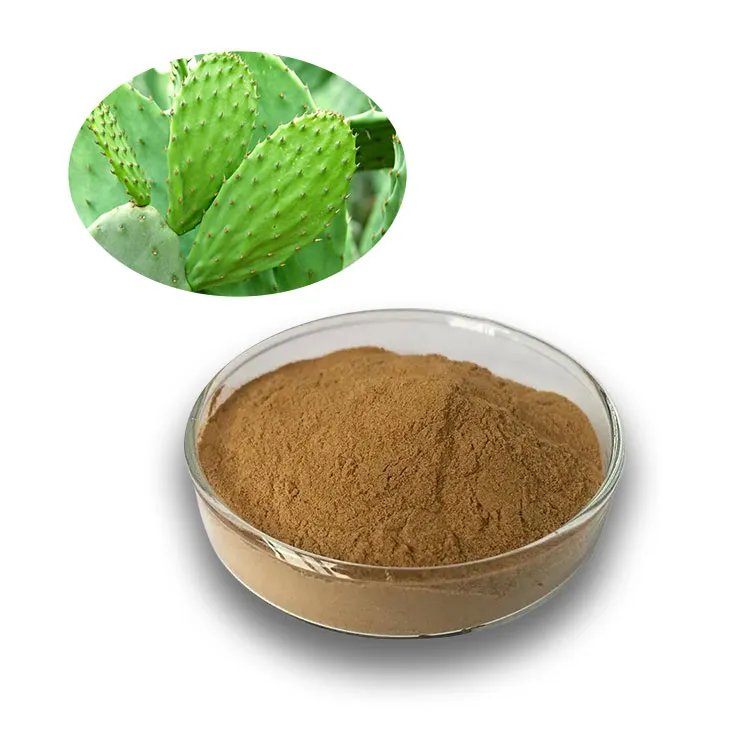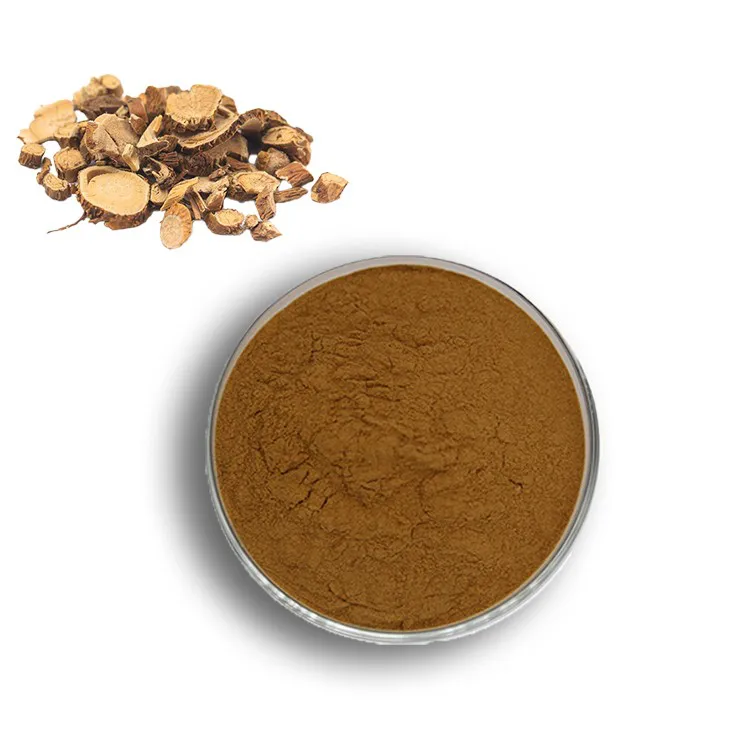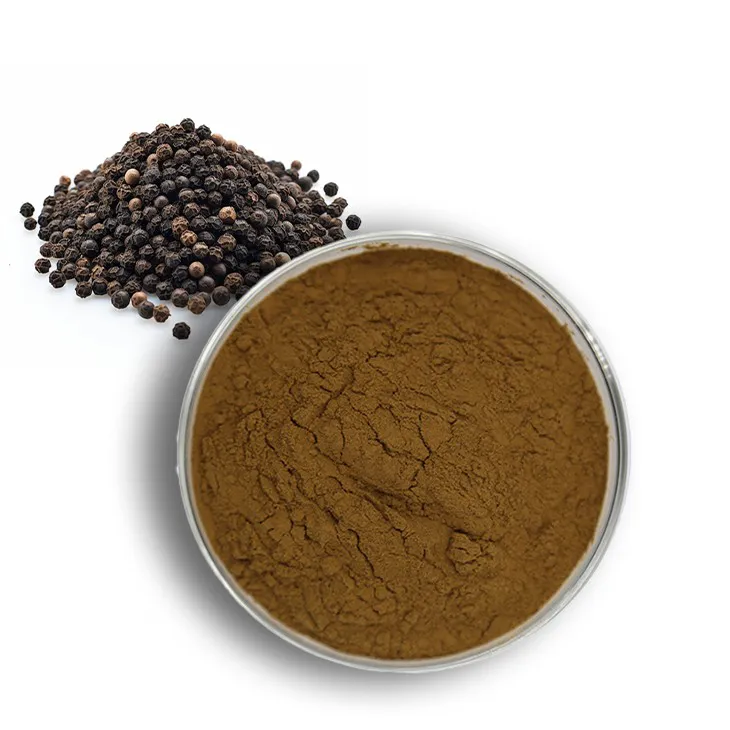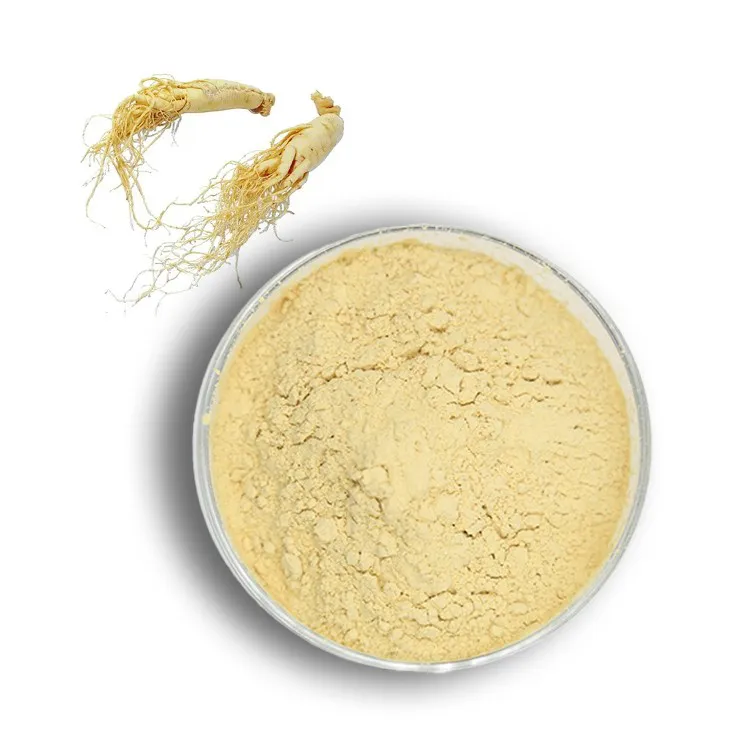- 0086-571-85302990
- sales@greenskybio.com
what does increased aminolevulinic acid mean
2025-10-23

Aminolevulinic acid (ALA) is an essential compound in the biosynthesis of heme, a crucial component for various biological functions, including oxygen transport and enzymatic reactions. While ALA is necessary for normal cellular function, increased levels of this compound can sometimes indicate underlying health issues. Understanding the significance of elevated Aminolevulinic acid levels can offer insights into potential health conditions, especially those related to metabolic or genetic disorders. This article explores the role of ALA in the body, reasons for its increase, and the potential implications for health.
The Role of Aminolevulinic acid in the Body
Aminolevulinic acid is a non-proteinogenic amino acid synthesized in the mitochondria of cells. It serves as the first precursor in the pathway for heme biosynthesis, an iron-containing compound indispensable for transporting oxygen in the bloodstream and facilitating various enzymatic functions. The process begins with the condensation of glycine and succinyl-CoA, producing ALA under the catalysis of the enzyme ALA synthase. Subsequent steps in the heme biosynthetic pathway further process ALA into porphobilinogen and other intermediates, eventually forming heme.
The heme produced is then incorporated into hemoglobin, myoglobin, cytochromes, and other heme-containing proteins, contributing to critical biological processes like oxygen transport, cellular respiration, and detoxification. Consequently, maintaining optimal ALA levels is vital for physiological balance and function.
Causes of Increased Aminolevulinic Acid Levels
While the body requires ALA for normal function, an increase in its levels can indicate disruptions in the heme biosynthesis pathway. Several factors can lead to elevated ALA levels:
Porphyria: A group of rare metabolic disorders, porphyria results from defects in enzymes responsible for heme production. Different types of porphyria affect different steps in the pathway, leading to accumulation of intermediates like ALA. Acute hepatic porphyrias (AHP), which include acute intermittent porphyria (AIP), are often characterized by elevated ALA levels due to a block further down the heme synthesis pathway.
Lead Poisoning: Lead interferes with key enzymes in the heme biosynthesis pathway, including ALA dehydratase (also known as porphobilinogen synthase). This interference leads to accumulation of ALA and other precursors, contributing to symptoms of lead poisoning, such as neurological disturbances and abdominal pain.
Genetic Disorders: Genetic mutations affecting enzymes in the heme biosynthesis pathway can lead to increased ALA. Conditions such as X-linked sideroblastic anemia can result from mutations that impact ALA synthase, altering heme production and causing accumulation of its precursors.
Liver Dysfunction: The liver plays a crucial role in regulating heme production and disposing of its byproducts. Liver diseases impair this regulation, potentially causing increased ALA levels due to disrupted synthesis.
Medication and Toxins: Certain medications and environmental toxins that affect liver function or enzymatic activity can result in increased ALA levels. Barbiturates, anti-seizure medications, and alcohol are known inducers of hepatic ALA synthase, potentially raising ALA levels under specific conditions.
Symptoms and Health Implications
The increase in ALA levels, particularly in the context of disorders like porphyria and lead poisoning, can manifest through various symptoms. These symptoms often result from a combination of metabolic disruption, oxidative stress, and accumulation of toxic intermediates.
Neurological Symptoms: Elevated ALA can lead to neurological disturbances such as peripheral neuropathy, confusion, seizures, and even altered mental status. In acute hepatic porphyria, these symptoms are common and often severe, necessitating prompt medical treatment.
Abdominal Pain: Severe abdominal pain is a hallmark symptom, especially in acute hepatic porphyria and lead poisoning, ranging from mild to excruciating intensity.
Photosensitivity: Some types of porphyria cause skin sensitivity to sunlight, leading to painful skin reactions, blisters, and chronic skin damage due to accumulated porphyrin intermediates close to the body's surface.
Anemia and Fatigue: Since heme is essential for red blood cell production, disruptions in its biosynthesis can result in anemia, causing fatigue and general weakness.
Hypertension and Renal Issues: Porphyria can lead to hypertension and kidney problems, likely due to toxic effects and physiological stress resulting from accumulated intermediates.
Diagnosis and Monitoring
Diagnosing elevated ALA levels often involves a combination of biochemical assays, genetic testing, and clinical assessment. Testing urinary ALA levels can be an effective indicator for diagnosing acute hepatic porphyria and lead poisoning. Genetic assays can confirm specific enzyme defects related to porphyria and other hereditary conditions.
Multiple biochemical tests, including those measuring porphobilinogen and porphyrins in serum, urine, and stool, provide a comprehensive understanding of the underlying condition leading to elevated ALA. Early diagnosis and monitoring are critical, as they guide appropriate treatment interventions and help prevent complications.
Treatment and Management
Managing elevated ALA levels focuses on addressing the underlying cause of accumulation. Treatment strategies vary based on the root condition:
Porphyria Management: Addressing triggers, avoiding specific medications, implementing dietary changes, and administering hemin or glucose to inhibit ALA synthase are standard strategies to manage acute porphyria episodes and reduce symptoms.
Lead Poisoning Treatment: Chelation therapy, which uses agents to bind and remove lead from the body, is crucial. Identifying and eliminating the source of lead exposure is also an integral part of treatment.
Genetic and Liver Issues: Addressing genetic disorders involves symptom management and may require blood transfusions or other specific treatments. Liver dysfunction requires targeted therapy to enhance liver function and manage associated metabolic imbalances.
Conclusion
Increased aminolevulinic acid levels are an important biochemical marker, offering insights into potential metabolic or genetic disorders affecting the heme biosynthesis pathway. While the increase is not a standalone diagnosis, understanding its implications helps guide the diagnosis, management, and treatment of several conditions, including porphyria, lead poisoning, and genetic disorders. Early detection and targeted interventions can mitigate symptoms, improving patient outcomes and overall quality of life. As research progresses, novel insights into ALA and its biochemical pathways may offer further advances in personalized medicine and therapeutic interventions tailored to specific metabolic conditions.
, a great article source where you can learn about Supplements and their health benefits, you also can get the latest food Supplements. Green Sky Bio provides the best extracts and supplements. It is a Chinese self-developed brand that is trustworthy! Welcome to email us to inquire about our products.
- ▶ Hesperidin
- ▶ Citrus Bioflavonoids
- ▶ Plant Extract
- ▶ lycopene
- ▶ Diosmin
- ▶ Grape seed extract
- ▶ Sea buckthorn Juice Powder
- ▶ Fruit Juice Powder
- ▶ Hops Extract
- ▶ Artichoke Extract
- ▶ Mushroom extract
- ▶ Astaxanthin
- ▶ Green Tea Extract
- ▶ Curcumin
- ▶ Horse Chestnut Extract
- ▶ Other Product
- ▶ Boswellia Serrata Extract
- ▶ Resveratrol
- ▶ Marigold Extract
- ▶ Grape Leaf Extract
- ▶ New Product
- ▶ Aminolevulinic acid
- ▶ Cranberry Extract
- ▶ Red Yeast Rice
- ▶ Red Wine Extract
-
Okra Extract
2025-10-23
-
Longan Extract
2025-10-23
-
Cactus Extract
2025-10-23
-
Natural grape seed extract
2025-10-23
-
Sophora Flavescens Root Extract
2025-10-23
-
Sea buckthorn Juice Powder
2025-10-23
-
Black Pepper Extract
2025-10-23
-
Ginseng Root Extract
2025-10-23
-
Horse Chestnut Extract
2025-10-23
-
Grapefruit Seed Extract Powder
2025-10-23





















